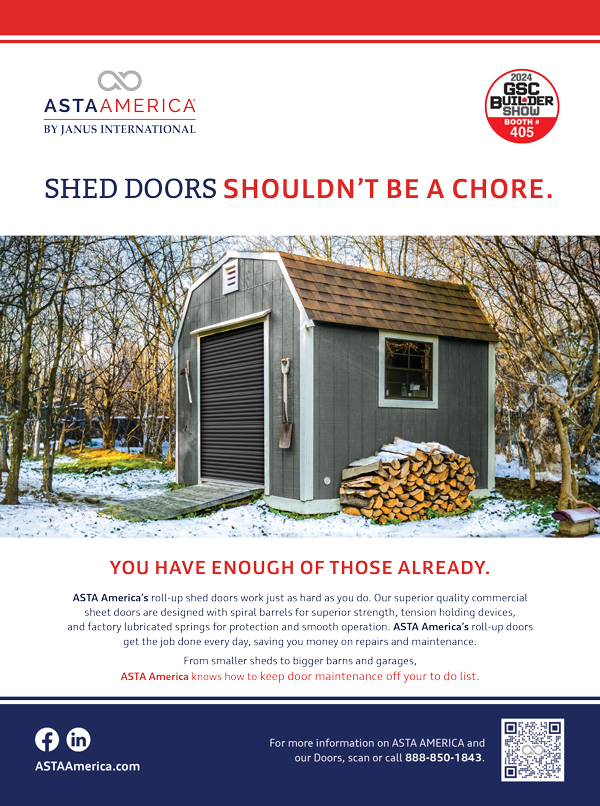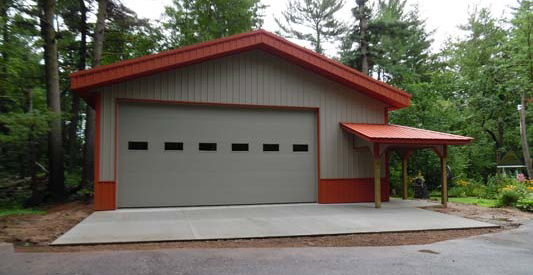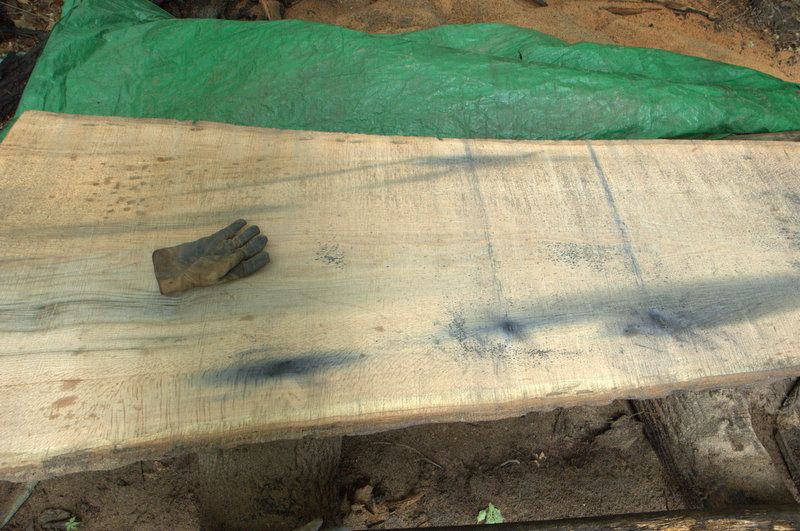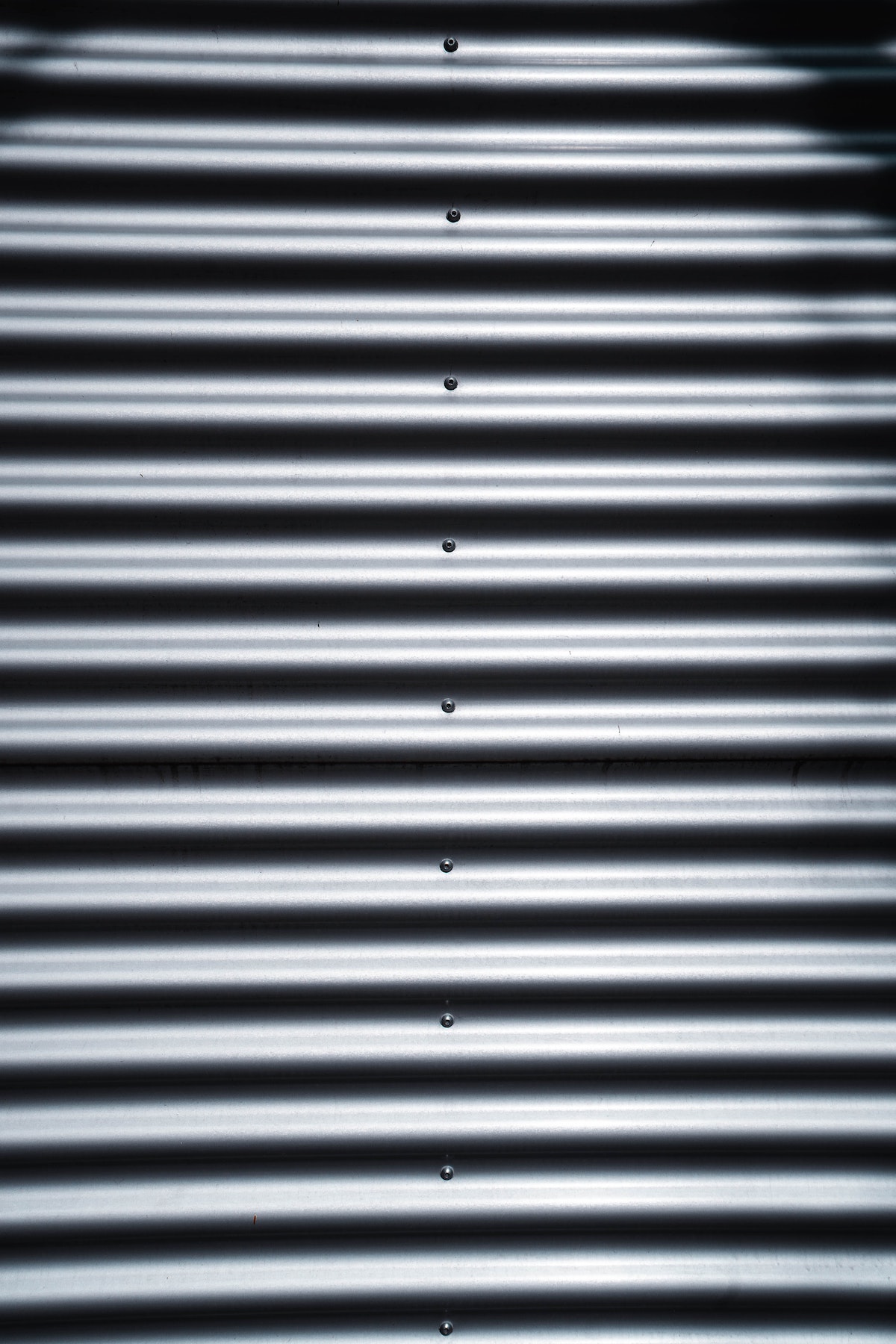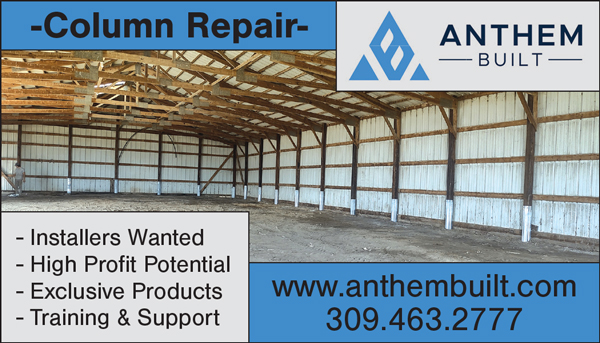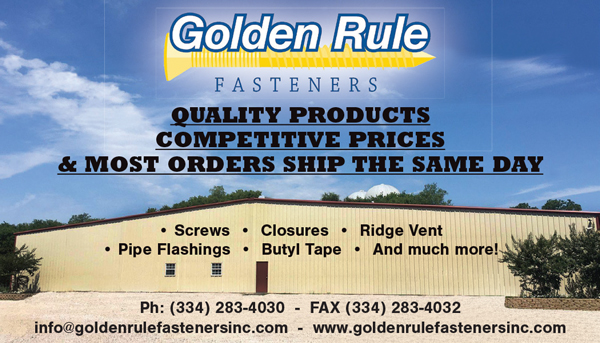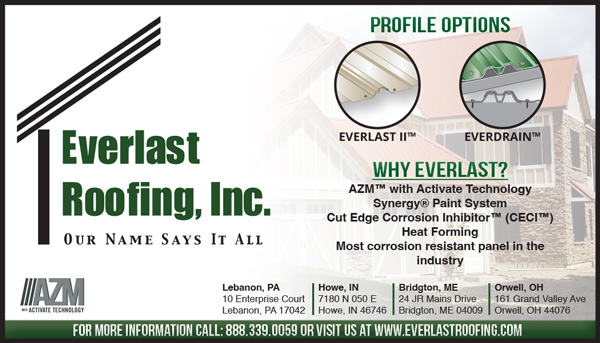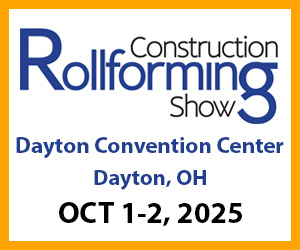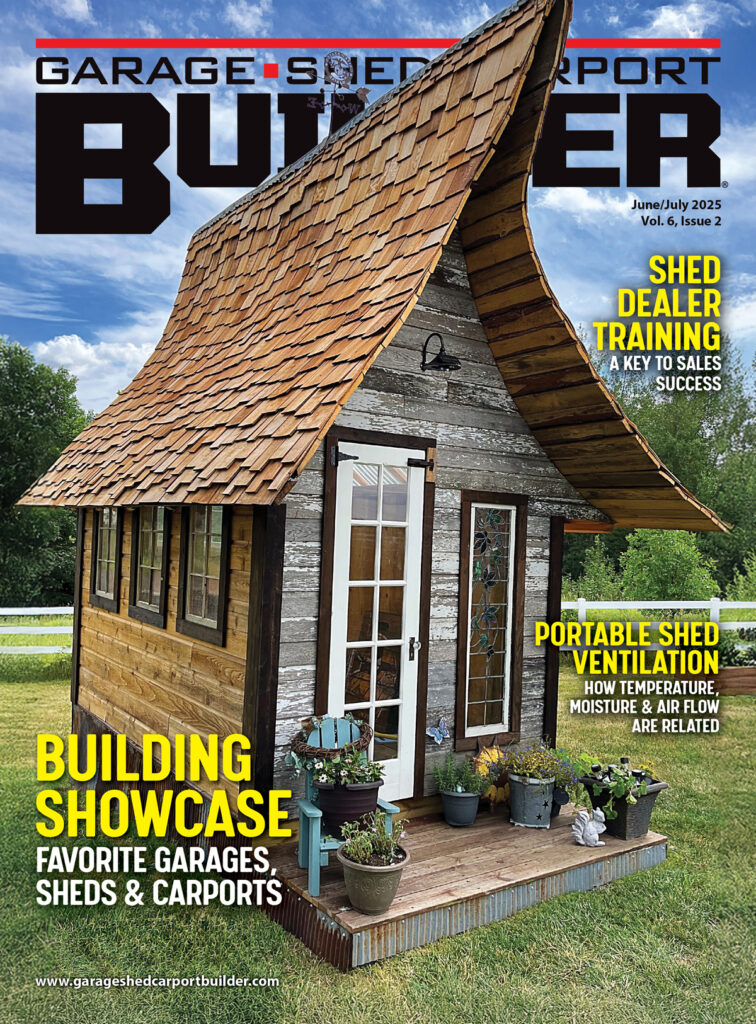Anchoring is vital to sheds, and ensures that they will remain erected safely and securely for a longer period of time. Anchoring is essential to your safety and the safety of the items you plan to store. Without secure anchor installation, warranties can get invalidated and worse than that, safety issues can arise. Sheds on uneven surfaces are prone to shifting, which is prevented by anchoring. Some anchorage systems tie down the roof — in effect, applying downward pressure from the top — which helps to add rigidity to the outside walls.
Bad weather is always a possibility. A correctly anchored shed can protect against high winds, hail, heavy snowfall, and even earthquakes. An unanchored structure is vulnerable to the elements, which can damage the shed and its foundation. A gust of high wind could shift a shed off its foundation causing extensive damage that is costly to repair. Unanchored sheds can become hazardous projectiles during stormy weather conditions. Also, some municipalities require sheds to be anchored before granting building permits.
Anchor Types
The size and materials used to construct the shed will determine the type of anchoring system to use, as well as the number, spacing, and depth for each anchor. Aluminum sheds use different anchor types compared to wood sheds. Generally, small sheds will require about 6 to 8 anchors around their base; an anchor at each corner, as well as one in the middle of each side wall.
One size does not fit all when it comes to anchors. There are various anchor types available, such as ground anchors, concrete footings, or anchors that attach to existing structures like walls or foundations. Each type has its own installation requirements and considerations. The soil condition or type of foundation will affect anchoring.
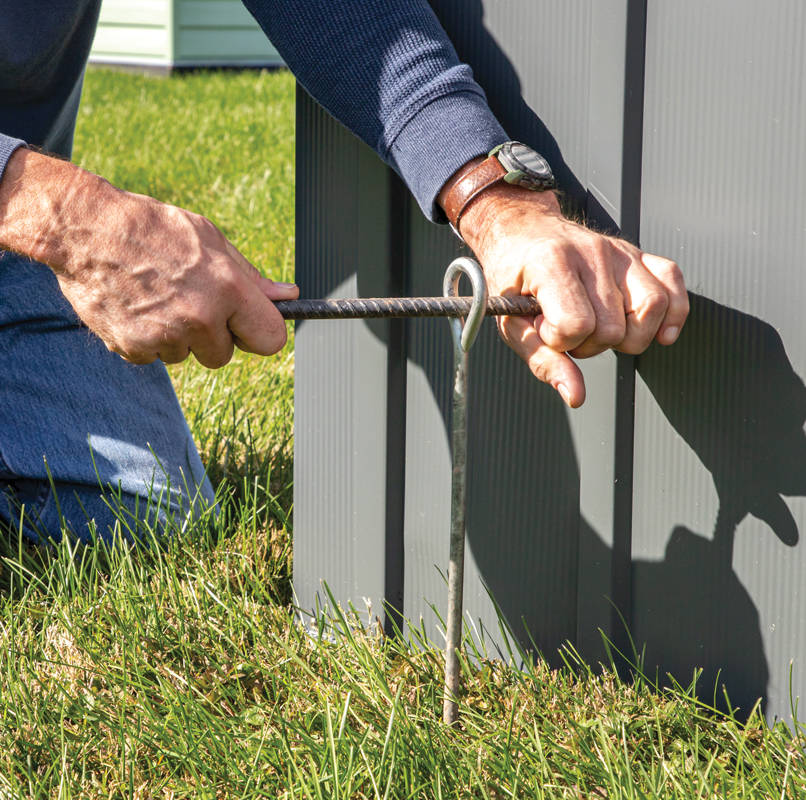
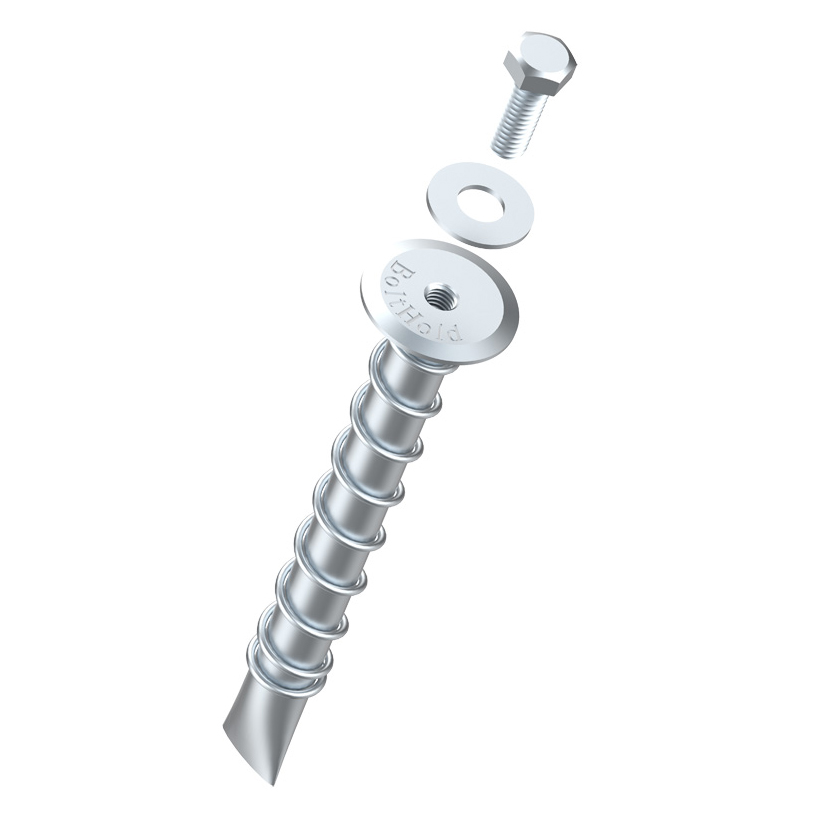
On Frozen Ground
When ground temperatures drop to 0°C (32°F), the water trapped in sediment, soil, and pores of rocks turns to ice. Once frozen, it is considered frozen ground. Anchoring a shed into cold or frozen ground brings in new considerations.
Frozen ground does make it more difficult for anchors to penetrate the ground. Derek Raymond, group vice president of ShelterLogic and Arrow said, “When selecting the correct anchor for the site conditions, you need to factor into your decision what the ground will be like when not frozen. The anchor selected will need to be suitable for the soil conditions throughout all seasons.”
Raymond said the following variables must be considered with anchoring, especially with frozen ground.
Size, shape, length, weight. Anchors that are pointed and have a gradual taper insert easier in frozen soil than those that don’t. Smaller/shorter anchors also have an easier time penetrating frozen ground versus larger/taller anchors. But smaller/shorter anchors are not always the right choice for the security of the object you are anchoring.
Material type. Regardless of the soil type and conditions, steel or metal anchors are recommended. The rigidity of steel and other metals will make installation easier in frozen ground compared to other materials. They will keep the structure secure for its lifetime.
Anchored depth. Installing the anchor deep into the ground allows for more earth above the anchor making it less likely to fail. Anchors typically come with a recommended installation depth from the manufacturer. Those suggestions should be followed. Setting an anchor too shallow could lead to failure in the future.
Pre-drilling. Pre-drilling is not recommended when installing anchors, regardless of soil condition. Pre-drilling takes away soil that is needed to keep the anchor from being extracted, which ultimately affects performance.
If pre-drilling is the only option for inserting the anchors into frozen ground, use an anchor with a pivoting head like ShelterLogic Easy Hooks. The design of the anchor allows for a small hole for inserting the anchor into the ground. Once at depth, the head will pivot and capture undisturbed soil. Predrilling for helical anchors will disturb the entire column of soil the anchor relies on for securing itself and your structure to the earth. This will diminish the effectiveness of the anchor.
There are no hard and fast rules to anchoring a structure. “Site conditions, soil types, and different types of structures make anchoring more of an art than a science,” Raymond said. “But if you are ever unsure about the right thing to do, more anchors and setting them as deep as is possible is usually the right answer.”
If necessary, contact a civil engineer to consult with about the proper foundation requirements, soil conditions, and anchor types you should use when assembling and anchoring a shed, carport, or similar outbuilding. GSCB
Anchoring to Asphalt
By Rudor (Dori) Teich, President
Anchoring to asphalt is unlike anchoring to concrete or masonry surfaces. Asphalt yields under continuous pressure, and thus the installation of our anchors needs to be stress-free. As far as the asphalt is concerned, it is OK to have the installer a little stressed. The common method of anchoring to concrete uses expansion anchors. These cannot be used on asphalt as they depend on placing a constant static pressure on the walls of the hole. Asphalt is weaker than concrete; to compensate we use anchors that are much larger than the ones used on concrete.
We use chemical bonding. An oversized hole is drilled in the asphalt, filled with epoxy adhesive, and the anchor is pushed in until its head rests on the surface. An internal thread in the anchor accepts machine screws/bolts. At this point installation is similar to installing in concrete. The chemical bond depends on irregularities in the drilled walls of the hole for mechanical bonding with the asphalt.
If the hole is drilled in a frozen surface, as long as the area is still frozen, the bonding will be significantly compromised. We recommend using a heating gun or a torch to gently heat the hole area before pouring the epoxy. Another method is to use mechanical brushing to remove ice and roughen the walls. The curing process of the 2-part epoxy we use is exothermic; if the asphalt is not deeply frozen, that by itself may melt a thin layer around the walls of the hole. Once the epoxy is fully cured, the anchoring will work well in frozen asphalt.


